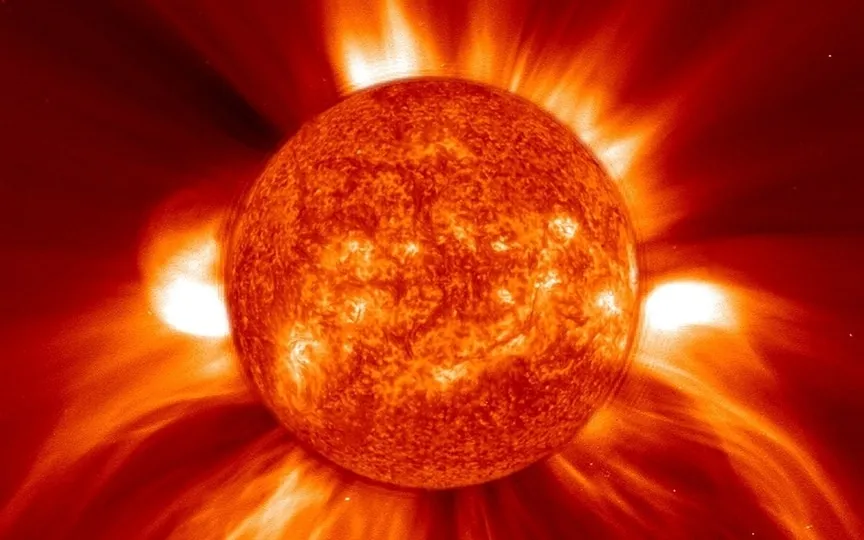NASA Reports on Solar Winds Colliding with Earth in Fast-Moving Storm
The initial prediction on October 28 warned of an approaching solar storm that would hit the Earth in a few days. As anticipated, the event occurred on October 30, but surprisingly, it did not involve a coronal mass ejection (CME). Instead, a significant opening appeared on the Sun, releasing a continuous flow of solar winds. These swift solar winds reached our planet yesterday, causing a G1-class solar storm. Images from the NASA Solar Dynamic Observatory displayed the hole responsible for the escape of solar winds.
According to a SpaceWeather report, “As predicted, a fast-moving solar wind stream is blowing across Earth today, October 30. Gaseous material is flowing from an equatorial hole in the Sun’s atmosphere. Arctic sky watchers should be on the lookout for aurora borealis shining through the nearly full moonlight.” The opening seconds of this NASA video show a short video of the sun from the moment the solar wind escaped its surface.
A solar storm strikes, sparking the aurora borealis in the arctic circles
The solar storm was not too strong and only resulted in a G1 class reading on the scale. It also sparked some aurora borealis, but those were also limited to the Arctic Circle. According to space weather forecasts, the Kp5 reading, which is the sign of a moderate solar storm, was only observed for a short time, and for the rest of the time it remained a Kp4 small storm.
While Earth escaped this encounter with solar particles, the next one may not be so lucky. And the next encounter could be just around the corner, as reports suggest a new sunspot in the sun’s southern hemisphere has been seen spreading rapidly. Called AR3474, it is said to contain beta-gamma magnetic fields, a precursor to M-class solar flares. It is possible that a flare could erupt today, and if it did, the effect would be completely geopotent.
The role of the NASA Solar Dynamics Observatory
The NASA Solar Dynamics Observatory (SDO) houses a full suite of instruments for observing the Sun, and has done so since 2010. It uses three very important instruments to collect data on various solar activities. They include the Helioseismic and Magnetic Imager (HMI), which measures high-resolution longitudinal and vector magnetic fields across the entire visible solar disk, the Extreme Ultraviolet Variability Experiment (EVE), which measures the sun’s extreme ultraviolet radiation, and the Atmospheric Imaging Assembly. AIA), which provides continuous full-disk observations of the solar chromosphere and corona in seven extreme ultraviolet (EUV) channels.




